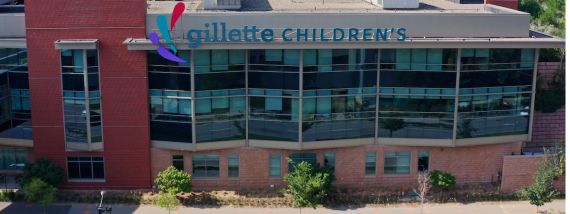What Is a Bone Density Scan (DXA)?
DXA scans (also known as “dexa scans”) are used to find osteoporosis. With osteoporosis, the bone’s low mineral content and low density increase the risk of breaking a bone.
The bone density scan, also known as bone densitometry or bone mineral density testing, quickly and accurately measures the amount of calcium in certain parts of a child’s bone. This information tells a doctor how strong the child’s bones are.
The DXA method (which stands for dual-energy X-ray absorptiometry) is painless and noninvasive.
DXA uses a low level of radiation (about the same as you would get on a flight from New York to Los Angeles). It detects low levels of bone loss much better than a simple X-ray can. During the scan, we take extra precautions for women who are pregnant and who must have a DXA scan.
Who Benefits From a Bone Density Scan?
DXA scans can help kids who have the highest risk of developing osteoporosis, or to check the effectiveness of treatment for osteoporosis.
Preparing for Your Visit
Before the bone density test, your child can continue their daily habits—including eating, drinking and taking medicines as they normally would.
As you get ready for the DXA scan, your child should avoid:
- Any tests with barium or IV contrast two weeks before the bone density test.
- Calcium supplements (such as Tums) for 24 hours before the test.
- Clothing with metal zippers or buttons (during the scan).
- Jewelry or body piercings (during the scan).
Before a DXA scan, you can help your child prepare at home by having them practice lying still. If your child is unable to remain still for long periods of time, or if they have experienced pain or anxiety during previous imaging scans, talk with your health care provider about the possibility of sedation during the exam.
What to Expect During a Bone Density Scan
Our facility features expert staff and specialized lifts and equipment for kids who have disabilities, complex conditions or serious injury.
The DXA scan usually takes about 30 minutes. If your child’s clothing contains any metal, they will need to change into a hospital gown. While they lie still on a padded table, a movable arm passes over the area of their body being measured. It’s usually the lower back, hip, forearm or knee.
Your child might also benefit from these services especially designed for people who have disabilities and complex conditions:
- Distractions: Child life specialists might offer distractions, such as sound and lighting features that help calm and relax your child during a DXA scan. Child life specialists also offer music and video selections.
- Sedation services: We offer sedation services for cases when distractions aren’t enough to calm a child—or if your child’s disabilities, anxiety, pain or inability to remain still for long periods could interfere with the scan.
If your child needs respiratory support during the bone density procedure, our respiratory therapy team provides expert care to ensure the highest standards of safety.
After a Bone Density Scan
If your child received sedation medicine, they go to the recovery area so we can watch them until the medicine wears off.
A specially trained physician interprets the DXA scan. We send the results to the doctor who ordered the exam.
Sometimes your doctor may recommend repeating a bone density test for reasons including the following:
- To follow up on the results of previous testing.
- To monitor therapy.
- As a screening tool.
If your child starts high-dose steroids like prednisone or prednisolone for osteoporosis, a DXA scan might be recommended as often as every six months. After starting these medicines, it might take more than two years before a significant change in bone density occurs.
Integrated Care
If your child is at risk for osteoporosis, they might require radiology and advanced imaging services designed specifically for their needs. Through every part of your child’s journey, we offer support and services to help make the process as comfortable as possible.
You can trust the experience of our technologists, who specialize in DXA scans and other imaging tests for children and teens.
Locations
All of our radiology and imaging tests, including bone density scans, are available at our St. Paul Campus.

